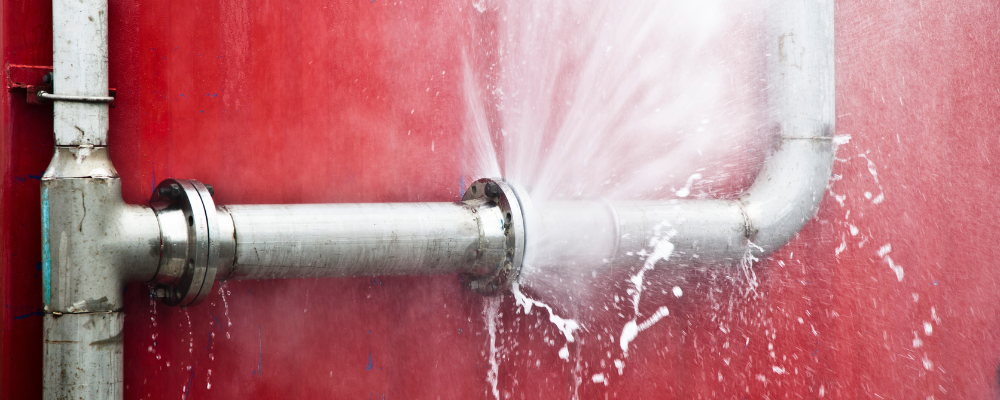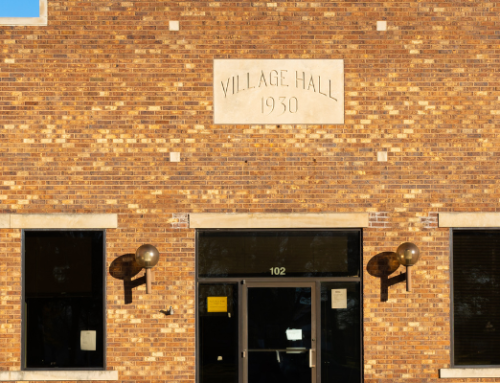Escape of water incidents can cause extensive damage to properties at significant financial cost and disruption. Understanding the causes and potential damage from these incidents is crucial for property managers to become water wise for their portfolio.
A comprehensive EOW risk management strategy is essential to achieve this and prevent escape of water incidents effectively. This strategy should encompass several key components to ensure property managers are equipped with the right knowledge and information. These are as follows:
Resident and Staff Awareness
Educating residents and staff plays a critical role in EOW risk management. Providing best practice guidelines, including a list of do’s and don’ts, ensures that residents are informed about what to look for and preventive measures. Educating them on the importance of knowing the stopcock location and how to operate it is vital.
Providing easy routes to report issues however small, recording these and acting on the information is also crucial. Regular updates on new risk mitigation techniques and any legislative changes keep residents informed and proactive. The importance of allowing access is also key.
Resident Controls
Defining occupant controls clearly in residential agreements ensures that both parties understand their maintenance roles and responsibilities. Providing annual self-assessment checklists for occupants to periodically check and report on the condition of key plumbing components helps maintain awareness- such as sealant condition.
“Checking pipework identifies issues which, if left undetected, can turn into a catastrophic water escape and significant damage and disruption”, Paul Redington – Regional Major Loss Lead, Zurich Insurance.
Setting clear guidelines in resident handbooks for any plumbing-related DIY projects and renovations. Stipulating water appliances with auto-shut off technology if leakage is detected are advised.
Maintenance Programme
A robust maintenance program is essential for preventing water escape incidents. This includes scheduling regular inspections and condition assessments of plumbing infrastructure and monitoring the condition of components replacing them as needed. Undertaking water-walks to inspect all wet areas such as plant and boiler rooms, and all accessible voids such as riser cupboards.
Reading water meters where present and performing consumption checks on a scheduled basis. Ensuring that maintenance work is carried out by qualified and insured contractors adhering to high-quality standards. Implementing a formal procedure for supervising contractors working on plumbing infrastructure such as an EOW Permit to Work which includes contractor insurance details to enable us to recover any losses that may be due to contractor error.
Leak Detection and Prevention technology
Utilising technology by fitting leak detection and suppression devices help to detect and control leaks early. Components such as sensors, monitors, shut-off valves, control panels, and smart platforms are all available. Highlighting to residents the potential to substantially reduce the severity of claims through early detection. And they are ‘green’ as they save water, save on water bills and can save tenants the cost of any excess that applies if a loss occurs.
Clear Emergency Response Plan
Developing an emergency response plan ensures a rapid and efficient response to EOW incidents. This includes clear reporting routes with 24/7 response, a comprehensive contact list for all residents and the immediate isolation of the main water supply as stop taps are well known and operate correctly. Documenting the incident with photographs and notes for insurance claims and a preferred plumbers list available for residents to repair the source of the leak and prevent recurrence.
We are here to help
Please do get in touch if you would like to know more about how we can support you and your business.
This article was adapted from an article by Zurich which can be found here.






